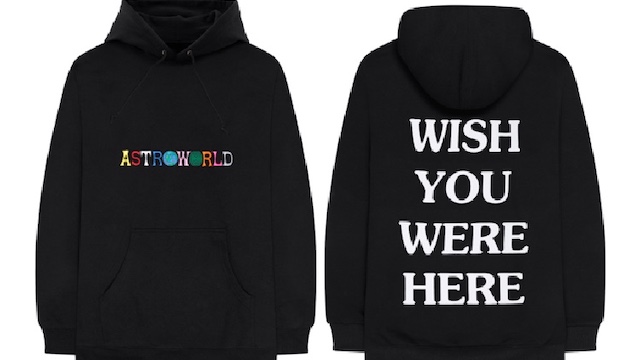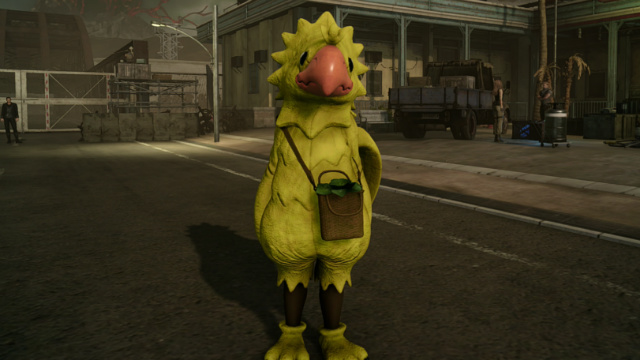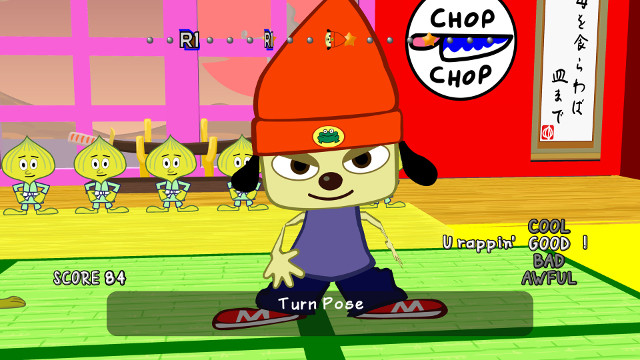The gaming industry is slowly reaching a crossroads with how the medium is consumed. Currently, there are three main ways that games are experienced: physically through retailers, digitally from online storefronts, and gaining access to games through subscription services such as EA Access and Xbox Games Pass. Other forms of entertainment have also been in similar situations as those buying CDs and DVDs are only left to a hardcore niche as subscription services have taken over the marketplace. But some musicians have adapted and while there are unique obstacles for the gaming industry, publishers should learn from those artists in order to survive in a rapidly changing economic climate.
The Travis Scott Effect

The downfall of “pure sales,” which are actual purchases of a product rather than sales coming from streams as part of a subscription service, has led to some pretty inventive practices inside the music industry. Namely, it has led to artists creating a number of different bundle offerings ranging from clothes to concert tickets that also come with a copy of the album. This allows them to not only charge slightly more for the item they are selling, but also gives the company higher numbers to brag about in press releases.
One notable example in 2018 comes from rapper Travis Scott. While many expected his anticipated album Astroworld to be a major success, few were expecting it to sell over 270,000 copies through direct purchases. This massive amount of pure sales was thanks to Scott building a brand of being trendy, and then getting his fans to purchase a line of limited time merchandise that came bundled with the album. Not only were these clothes appealing to the current fashion trends, but they were essentially a collector’s item that fans could wear with pride. This strategy wound up netting Scott over 100,000 more pure sales than Drake, despite “Champagne Papi” selling nearly 200,000 more copies overall thanks to streaming.
Applying It to Gaming

Gaming isn’t quite in the same marketplace as music currently is, as pure sales are still the primary way a game is played, but there are still plenty of lessons that can be learned from this strategy. Mainly because it doesn’t have to be games that are tied to merchandise, but rather an expansion or DLC pack (which would be closer to the $15 range that an album or movie would cost).
A lapsed Final Fantasy XIV player might not be willing to purchase the latest expansion for the MMO at release, but if it came bundled with a plush of their favorite character months down the line, it could be the push they needed to get them back into that gaming ecosystem. This is something that publishers have tried to do in the past with a variety of pre-order bonuses, but this has largely fell flat since these skins or other trinkets are usually seen as insignificant and a gross exploitation of pre-order culture.
But the main issue with real-world gaming merch is that it is usually not particularly fashionable. That’s fine for a lot of items, such as figures and other collectibles, but if publishers want to boost sales through t-shirts then they will have to get a better understanding of what people actually like to wear out.
Companies like Blizzard and Electronic Arts certainly have the financial capability to collaborate with major fashion companies, and even something like a limited edition sneaker that comes with a copy of NBA Live could be a realistic way of getting more players to check out a game they might’ve dismissed instead. There are plenty of niches, be them sneaker heads or streetwear fashion, that could be used to market a game to a new audience.
Utilizing an Existing Fanbase

Outside of the corporate behemoths, one of the biggest benefactors of such a model could be both indie developers and more niche titles. They often have much more loyal fanbases that are willing to spend money if they wind up really connecting with a project, and developers that have built up a trust with their fans could really use that to their advantage.
It’s a big deal whenever a studio like Supergiant Games releases a title, so imagine the additional sales Pyre could have gotten if it launched with a line of limited fashionable bundles? This is a great way to capitalize on hardcore audiences in the same way that collector’s editions have already done so over the past decade, while also not requiring a huge purchase of $100 or more.
Even if subscription services become the norm in gaming down the line, there is no reason that pure sales have to die out completely. By intelligently incorporating these type of digital bundles, publishers can maintain large sales numbers (the very ones they love to trot out in press releases after launches) while also making more money out of their investments. They will just have to learn from rap music to do so and start presenting a more fashionable side to their fans in a way that seems like a good deal.







